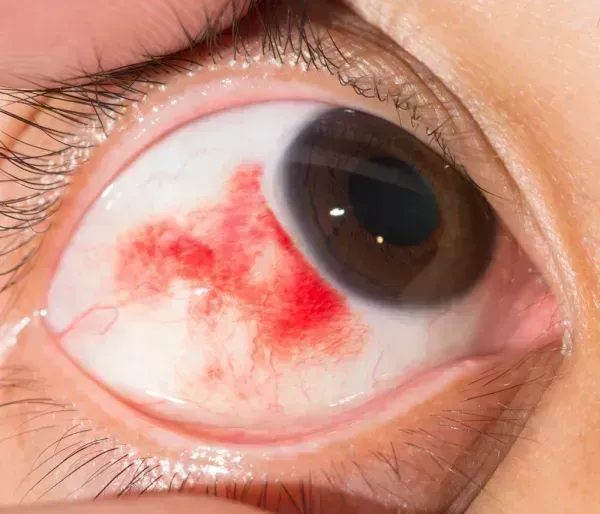Pediatric Coding Alert
Care Management:
Stand by for RTM, PCM to Debut in 2022
Published on Fri Sep 10, 2021

You’ve reached your limit of free articles. Already a subscriber? Log in.
Not a subscriber? Subscribe today to continue reading this article. Plus, you’ll get:
- Simple explanations of current healthcare regulations and payer programs
- Real-world reporting scenarios solved by our expert coders
- Industry news, such as MAC and RAC activities, the OIG Work Plan, and CERT reports
- Instant access to every article ever published in Revenue Cycle Insider
- 6 annual AAPC-approved CEUs
- The latest updates for CPT®, ICD-10-CM, HCPCS Level II, NCCI edits, modifiers, compliance, technology, practice management, and more
Related Articles
Other Articles in this issue of
Pediatric Coding Alert
- News You Can Use:
Note These 2022 CPT® Changes to 99211, COVID Coding
Experts weigh in on the latest revisions. The good news about the new and revised [...] - Care Management:
Stand by for RTM, PCM to Debut in 2022
New initiatives could increase your care management program options. In the Medicare Physicians Fee Schedule [...] - Guidelines:
Get Right With These 2022 ICD-10 Laterality, COVID-19 Follow-Up Guideline Changes
And learn how to use new code Z71.85 safely. The Centers for Disease Control and [...] - You Be the Coder:
Answer This Question for Flawless 99211 Billing
Question: What are the minimum documentation requirements needed to bill 99211? What has to happen [...] - Reader Questions:
Use A, C, Y, W, and B to Spell Meningococcal Vaccine Coding Relief
Question: Can you explain when I should use 90619 or 90734 for a meningococcal A, [...] - Reader Questions:
Take This Advice for Newborn TCM
Question: Can we perform transitional care management (TCM) on newborns leaving the hospital for home [...] - Reader Questions:
Know When Age Is, Is Not, a Factor in Umbilical Granuloma Code Choice
Question: An insurance company has just denied us for an umbilical granuloma, telling us that [...]
View All




